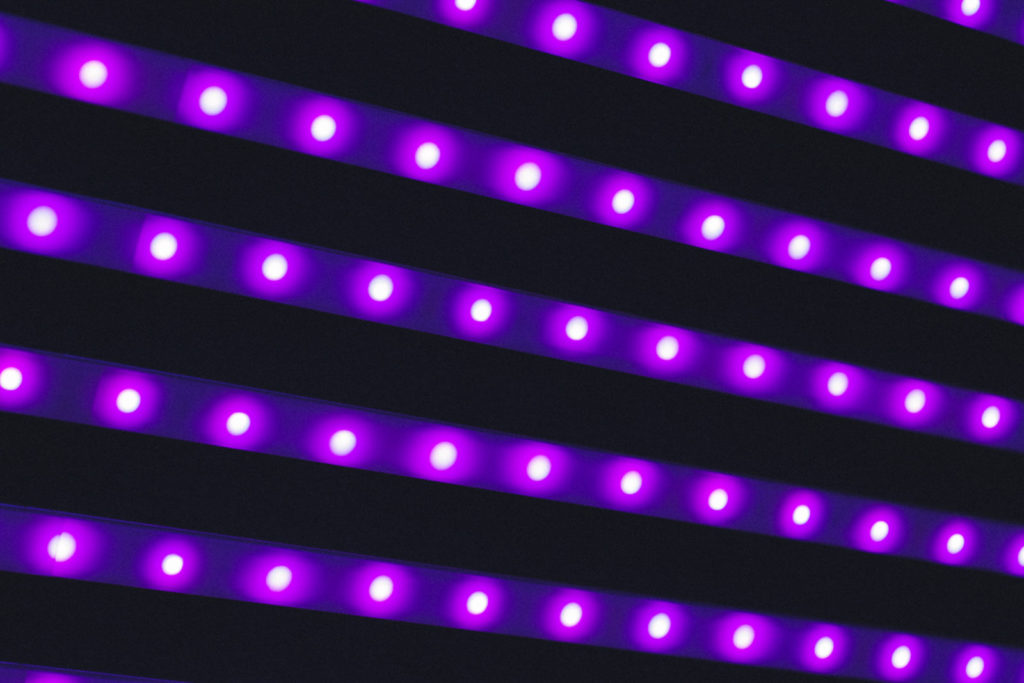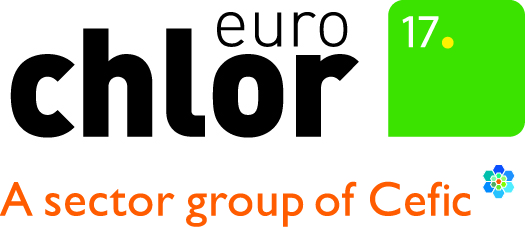Quantum dots for LEDs
You know light-emitting diodes or, like usually called, LEDs. They are often used in pocket lamps, home lighting systems and even car lights. They are now virtually everywhere in modern, energy-saving and long-lasting lighting systems. Inside the LED bulbs themselves we find quantum dots: these are semiconducting inorganic nanocrystals that emit light in very pure colours. But unfortunately, quantum dots often rely on toxic heavy metals such as cadmium to emit light. These heavy metals are often purified with the help of chlorine-based chemistry.
Recently, researchers reported new colours generated by LEDs using silicon-based quantum dots. Silicon could become a much less toxic alternative to heavy metals in LEDS. The only problem is that it has been difficult – up until recently – to fabricate silicon-based devices that glow in colours that are part of the visible light spectrum. Current silicon LEDs usually only emit red and infra-red light.
But science is now better at controlling the size of the nanocrystals. Collaborative Canadian-German research teams have developed quantum dot particles of 1.3 nanometer (nm) diameter (1 nm = 1 billionth of a meter); these glow yellow, and devices with 1.8 nm particles glow red. The big challenge will now be to produce green- and blue-glowing quantum dots. If they are indeed based on silicon, here again chlorine things play a role: the silicon is produced from the substance trichlorosilane.


